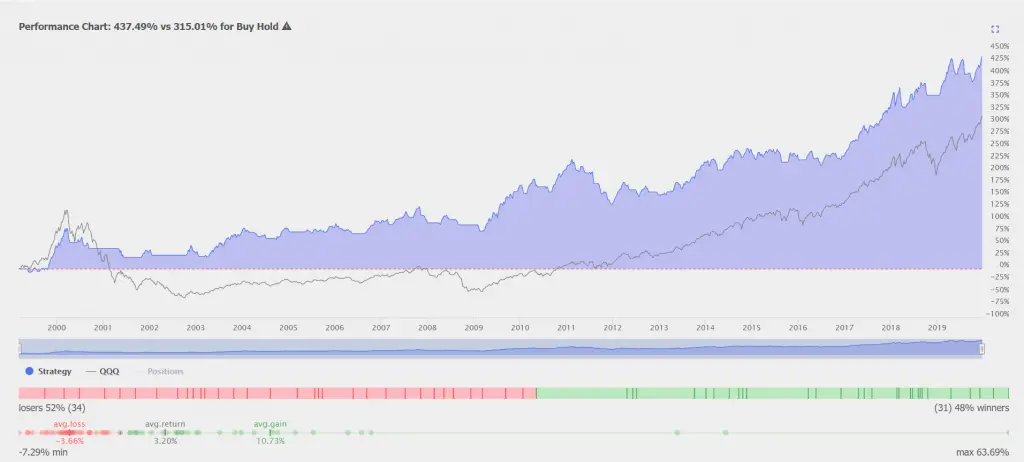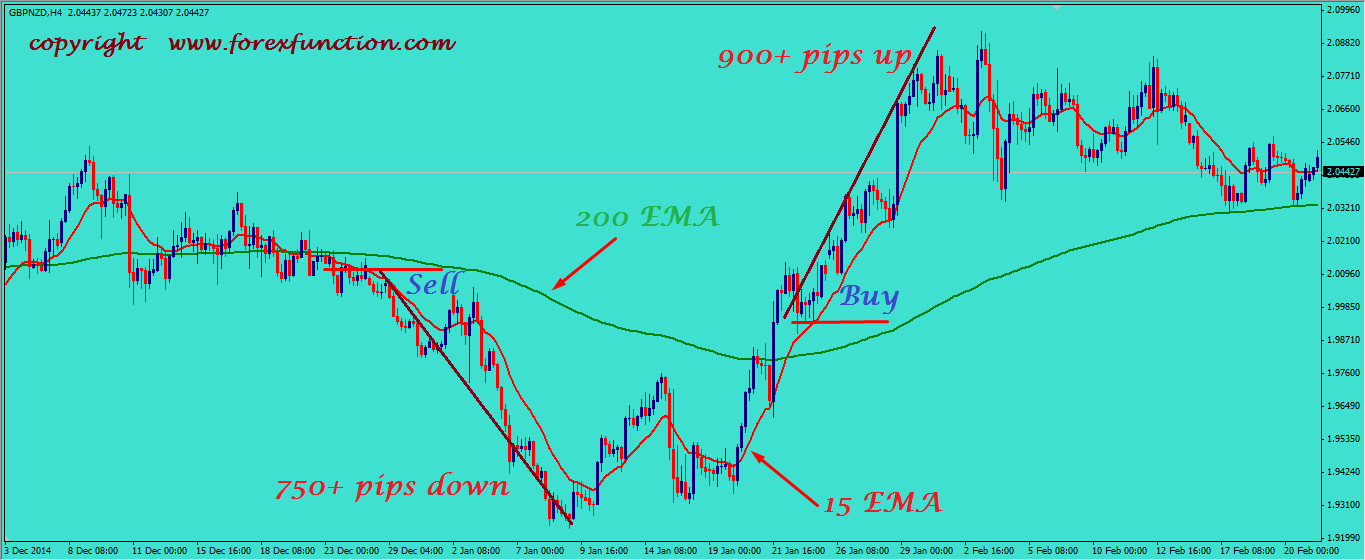

You can see the movement of a stock’s average price over time in relation to the actual stock price, which at times may trade above or below its moving average line.

What’s the difference? The shorter the moving average, the shorter the trend it identifies, and vice versa (see figure 1).Ī moving average is a trend-following indicator that helps you determine whether the “average” price in a given time period is trending up or down. You might choose a 10-day, 50-day, or 200-day moving average. They may even conflict with one another from time to time.Īlso, there are different time periods associated with moving averages. But bear in mind that trends can change, and other indicators can also be used to interpret trend direction. If a stock price is above the SMA, and if the SMA itself is moving upward, then there may be a stronger likelihood that you’ve identified an uptrend. Downtrend: If the stock price is below the moving average and that MA is moving lower, you might be looking at a downtrend.Ĭaveat: These principles are intended to help you interpret the potential direction of a trend, not to definitively call its direction.Uptrend: If a stock price is above a simple moving average and that SMA is moving higher, you might be looking at an uptrend.When might a trend be ending or reversing?.Where might be a potential entry point for a trend trade?.Which direction might the market be trending (if at all)?.If the trend is indeed your friend, to cite an ancient trading maxim, how can a SMA crossover system help? Start with three questions: Some stock moves are short-lived, while others last for weeks, months, or even years. A technical tool known as a simple moving average (SMA) crossover can help you identify the lion’s share of a trend. As in the ocean, markets have both tiny and huge waves, and some in between. Over time, they change, sometimes moving faster than at other times.įor our purposes, a trend can be defined simply as the general direction of a market over the short, immediate, or long term. Whether we’re talking about a blue-chip stock or a T-bone steak, prices don’t sit still. Prices are constantly moving, forming small and large waves which, in finance-speak, are called “trends.” Markets and trends are inseparable. Markets are dynamic, just like the ocean. You have to know when to get in and when to get out when to go big, and when to go home. For either pursuit, recognizing and riding that big wave is crucial to your strategy. Surfers and traders share at least a few common traits (if you fall into both categories, we salute you). So before you jump in, paddle out for a moment and let’s take a closer look at the swells. Whether you’re surfing the waves on Hawaii’s North Shore or the volatile markets on the trading screen, failing to catch the right wave at the right time can leave you vulnerable to a nasty wipeout. Using two simple moving averages can help you select entry and exit points.A simple moving average (SMA) can help indicate the direction of a given trend.Markets often comprise short-term, intermediate-term, and long-term trends.A buy signal is generated when the security's price risesĪbove its moving average, and a sell signal is generated when the security's price falls below its moving average. Of the security's price with the security's price itself. The most popular method of interpreting a moving average is to compare the relationship between a moving average

As the security's price changes, its average price moves up or down. When calculating a moving average, a mathematical analysis of the security's average value over a predetermined time Moving Averages - Technical Analysis from A to ZĪ Moving Average is an indicator that shows the average value of a security's price over a period of time. A bearish EMA crossover occurs when the shorter-term EMA crosses below the longer-term EMA and is seen as a signal of a possible downtrend. A bullish EMA crossover occurs when the shorter-term EMA crosses above the longer-term EMA and is seen as a signal of a potential uptrend.

This means that an EMA will respond more quickly to price changes than a SMA, making it a more sensitive indicator of trend. The key difference between an exponential moving average (EMA) and a simple moving average (SMA) is that an EMA gives more weight to recent prices, while an SMA gives equal weight to all prices in the period being considered.


 0 kommentar(er)
0 kommentar(er)
